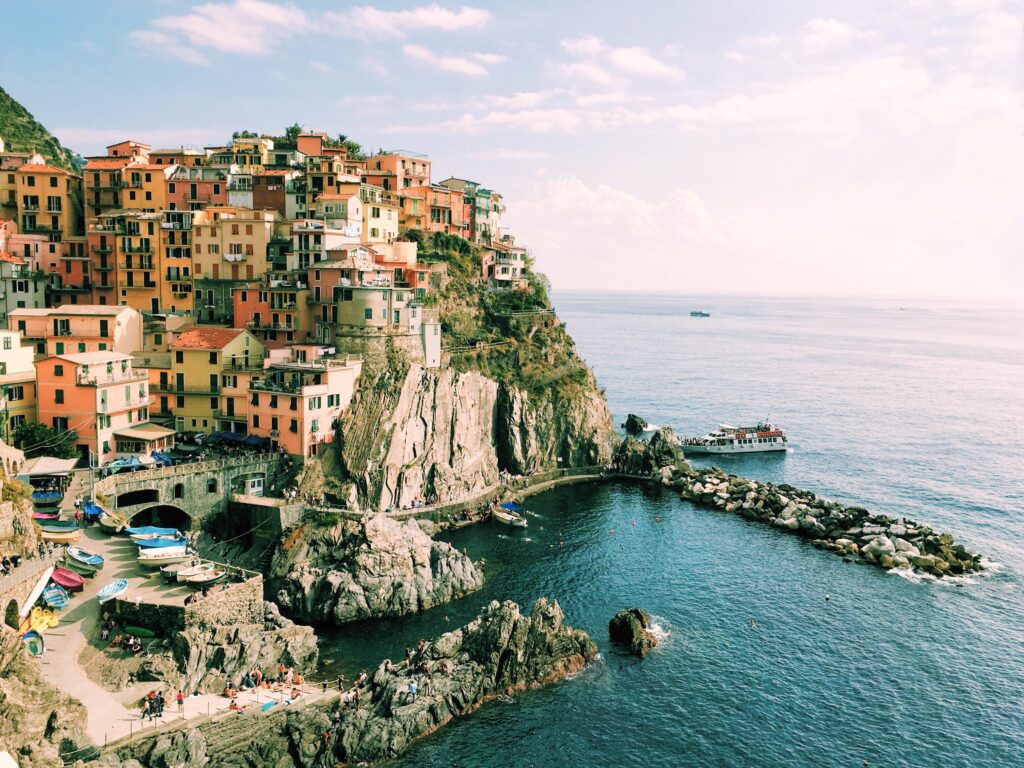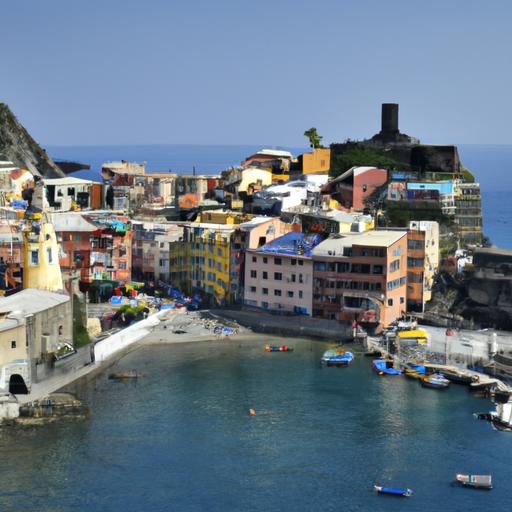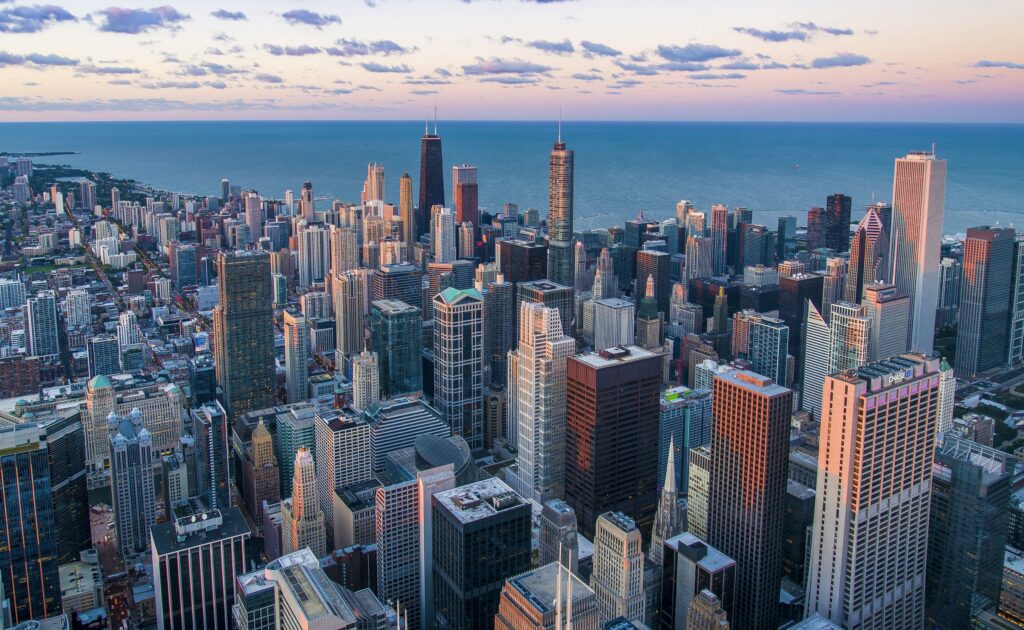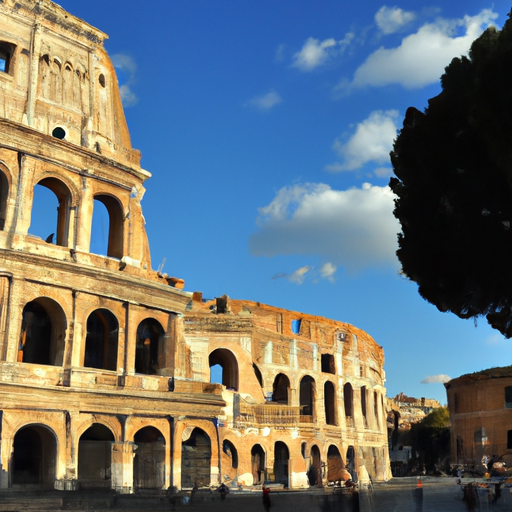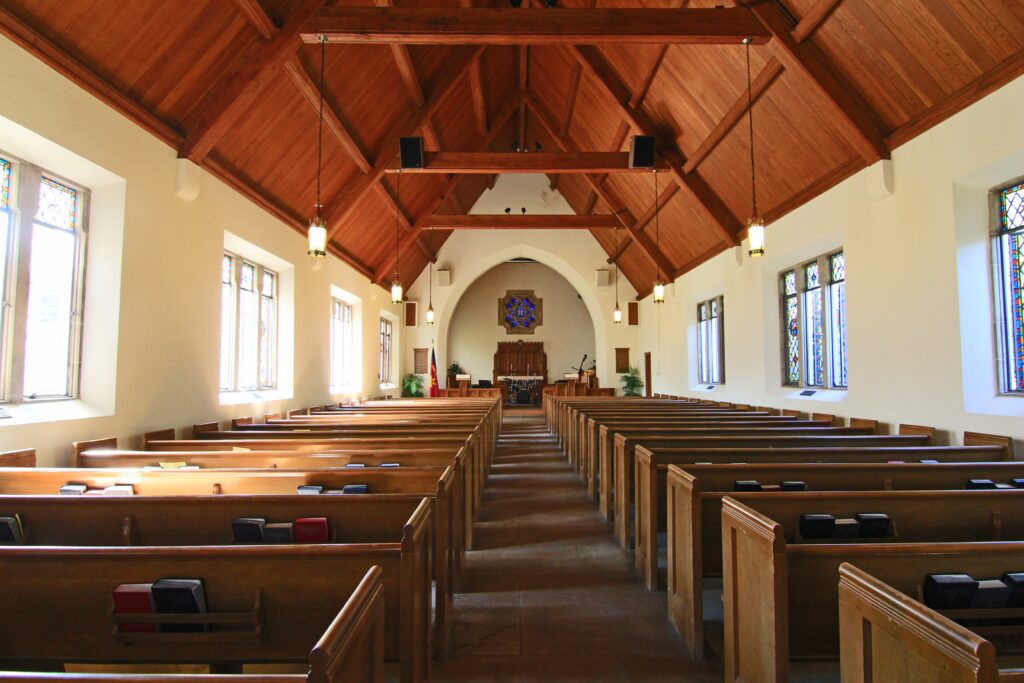is a city located in northeastern Italy. In this article, you will learn about the unique characteristics and history of Venice, including its famous canals, bridges, and stunning architecture. You will also discover the cultural attractions and traditions of the city, as well as some tips for exploring Venice like a local. By the end of this article, you will have a better understanding of what makes Venice a truly enchanting and popular destination for travelers around the world.
Venice
Venice, known as “The Floating City,” is a unique and enchanting destination that captivates visitors with its rich history, art, and culture. Located in northeastern Italy, this extraordinary city is built on a group of 118 small islands separated by canals and connected by bridges. From its early settlement and foundation to its decline and fall, Venice has witnessed centuries of change, making it a city with a remarkable past and a promising future.
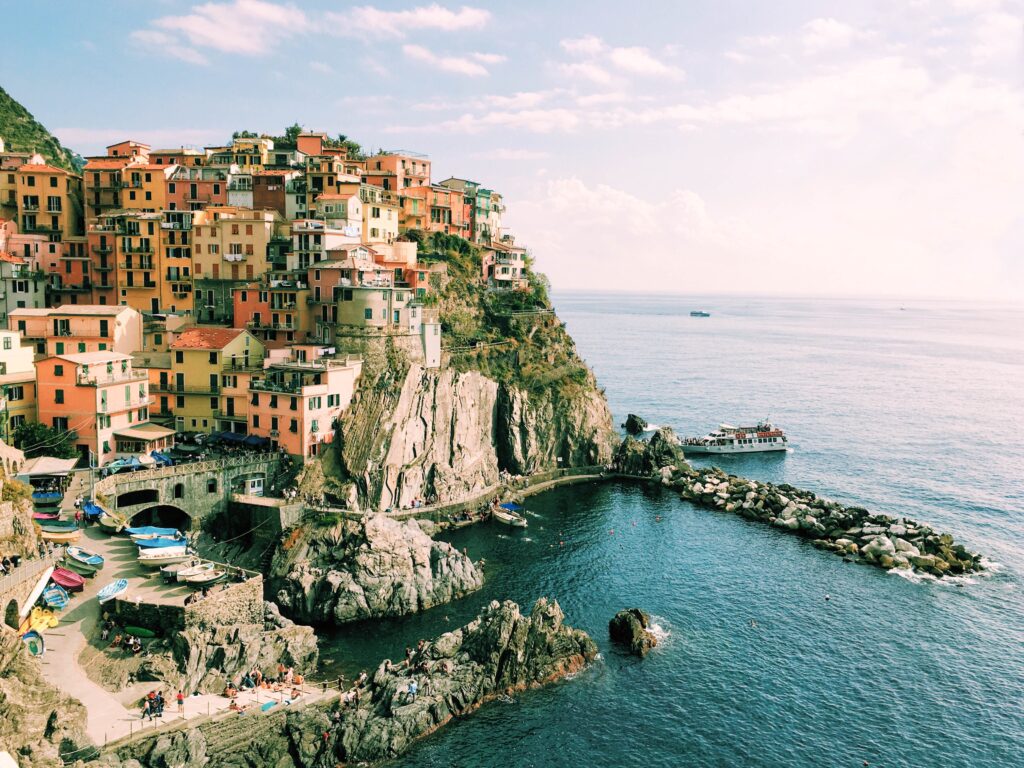
History of Venice
Early Settlement and Foundation
Venice’s history dates back over 1,500 years when people from the mainland sought refuge in the marshy lagoon to escape the invading barbarian hordes. These early settlers began constructing their homes on wooden pilings driven into the marshy ground, creating the foundation of the city. In the 9th century, Venice became an independent city-state, laying the groundwork for a powerful republic that would flourish for centuries to come.
Development of the Republic of Venice
During the Middle Ages and Renaissance, Venice became a dominant maritime power, controlling trade routes that spanned the Mediterranean Sea and beyond. The Republic of Venice was highly prosperous, fostering a unique political and economic system that allowed it to thrive. The city boasted a strategic location, which allowed it to establish trade networks and diplomatic relations with distant lands. It was during this period that iconic landmarks such as St. Mark’s Basilica and the Doge’s Palace were constructed, leaving a lasting architectural legacy that still exists today.
Venetian Renaissance and Cultural Golden Age
The Venetian Renaissance brought a flourishing of art, literature, and architecture to the city. Venetian painters such as Titian, Tintoretto, and Giovanni Bellini emerged as influential figures, crafting masterpieces that celebrated the beauty and grandeur of Venice. The city became a cultural hub, attracting renowned artists, poets, and writers. The printing press, invented in Venice in the 15th century, further contributed to the dissemination of knowledge and the growth of intellectual pursuits.
Decline and Fall of the Republic
Despite its glorious past, the Republic of Venice eventually faced a decline due to external pressures and internal conflicts. The discovery of new trade routes bypassing Venice, along with military defeats and economic challenges, led to the erosion of its maritime power. The Napoleonic Wars in the late 18th century marked the end of Venetian independence as the city fell under French rule. Venice later became part of the Austrian Empire and, finally, Italy. This period of decline and transformation left a complex legacy, shaping the city’s identity and character.
Geography and Location
Geographical Significance
Venice’s geographical location is a defining aspect of its history and character. Situated in the Venetian Lagoon, which stretches along the Adriatic Sea, the city is surrounded by water, making it accessible only by boat or plane. The lagoon itself serves as a protective barrier against the open sea, preserving Venice’s unique ecosystem and architectural treasures.
City of Canals
Venice is renowned for its intricate network of canals, which function as the main transportation arteries of the city. These canals crisscross the islands, replacing what would be streets in any other city. Navigating Venice’s canals on a gondola or vaporetto (water bus) is an enchanting experience that allows you to immerse yourself in the city’s magical atmosphere. The canals are lined with stunning palaces, churches, and bridges, offering an unparalleled visual feast.
Venetian Lagoon
The Venetian Lagoon, a UNESCO World Heritage site, is an integral part of Venice’s allure. This shallow body of water covers an area of about 550 square kilometers and is home to numerous islands, each with its own charm and character. Murano, known for its glassblowing tradition, Burano with its vibrant colorful houses, and Lido, famous for the Venice Film Festival, are just a few of the islands waiting to be explored.
Bridge and Island Architecture
Venice’s architecture is a testament to the city’s ingenuity and unique circumstances. The absence of cars and roads allowed the construction of more than 400 bridges, each more beautiful than the last. One of the most famous bridges is the Rialto Bridge, a stunning example of Venetian architecture that spans the Grand Canal. These bridges are not only functional but also add to the city’s romantic allure, providing picturesque settings for photographs and leisurely strolls.
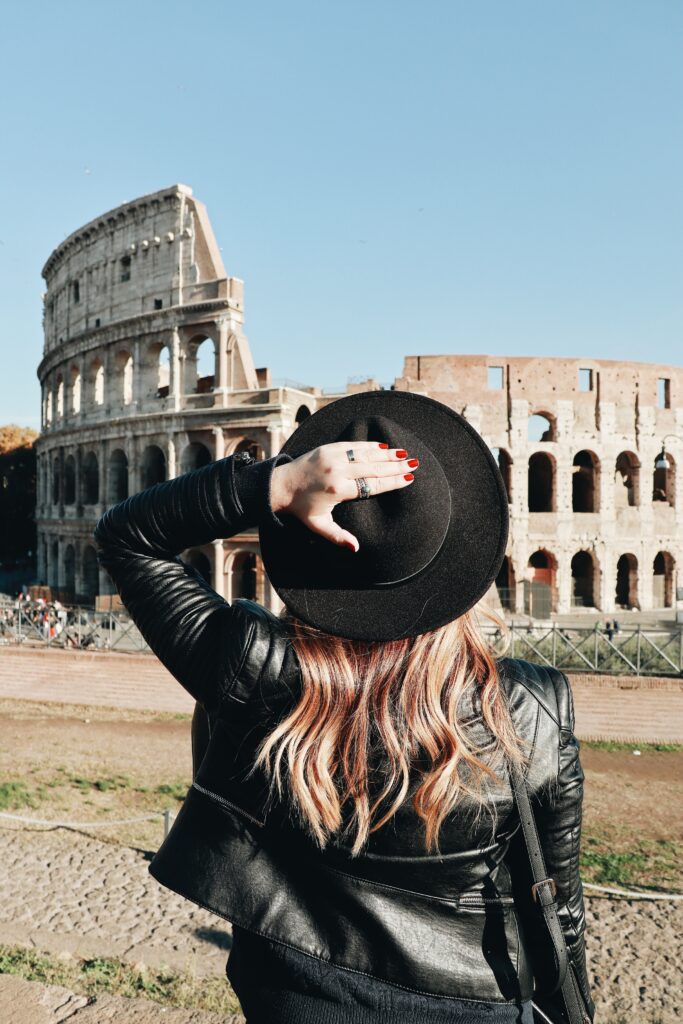
Art and Architecture
Venetian Gothic Architecture
Venice is renowned for its architectural styles, and one of the most distinctive is Venetian Gothic. This architectural style emerged in the 14th century and is characterized by its elegance, pointed arches, and intricate detail. Some of the finest examples of Venetian Gothic architecture include the Doge’s Palace, with its magnificent façade and ornate interior, and the Ca’ d’Oro, a former Venetian palace adorned with delicate tracery and ogee arches. Exploring these architectural gems allows you to step back in time and appreciate the city’s rich heritage.
Venetian Renaissance Art
The Venetian Renaissance brought a new wave of artistic innovation to the city. Venetian painters, renowned for their use of vibrant colors and realistic depictions, sought to capture the essence of light and atmosphere in their works. Masters such as Titian, Tintoretto, and Veronese left an indelible mark on the art world with their masterpieces housed in Venetian churches and museums. From the opulent hues of “The Assumption of the Virgin” to the intimate portrayals of everyday life in “The Miracle of the Slave,” their art continues to inspire and captivate viewers.
Famous Venetian Churches and Cathedrals
Venice is home to a wealth of magnificent churches and cathedrals, each offering a glimpse into the city’s religious and artistic heritage. St. Mark’s Basilica, an architectural marvel adorned with intricate mosaics and stunning Byzantine artwork, is the most famous of them all. The Basilica di Santa Maria della Salute, with its majestic dome rising above the Grand Canal, and the Basilica dei Frari, showcasing works by Titian and Bellini, are also must-visit destinations for art and architecture enthusiasts.
Venetian Palaces and Grandeur
Venice’s palaces bear witness to the city’s former glory and opulence. The Doge’s Palace, a symbol of Venetian power and wealth, features stunning Gothic and Renaissance elements and houses masterpieces by renowned artists. The Ca’ Rezzonico, a beautiful example of Venetian Baroque architecture, now houses a museum that offers a glimpse into the lavish lifestyles of the Venetian aristocracy. Exploring these palaces allows you to step back in time and envision the grandeur of Venetian society.
Cultural Festivals and Traditions
The Carnival of Venice
The Carnival of Venice, one of the city’s most famous events, is a celebration of costume and extravagance. Dating back to the Middle Ages, the carnival allows locals and visitors alike to don elaborate masks and costumes, transforming the city into a vibrant and mysterious realm. The Carnival is a time of music, parades, and revelry, culminating in the grand finale of St. Mark’s Square, where the winner of the best mask contest is crowned. Participating in the Carnival is a memorable way to immerse yourself in Venetian culture and experience the city’s festive spirit.
Historical Regattas
Venice’s regattas are an ode to the city’s maritime past and a thrilling spectacle for spectators. These boat races, held annually on the city’s canals, attract rowers from all over the world who compete in various categories. The most famous regatta, the Historical Regatta, takes place on the first Sunday of September and commemorates the arrival of Catherine Cornaro, the last Queen of Cyprus, to Venice. Watching the rowers, dressed in historical costumes, glide through the water is a captivating experience that highlights the city’s deep connection to its seafaring roots.
Venetian Glassblowing Tradition
The art of glassblowing has been a revered tradition in Venice for centuries. Murano, an island in the Venetian Lagoon, is renowned for its glass factories and skilled artisans who create intricate glass objects using ancient techniques. From delicate chandeliers and elaborate vases to intricate jewelry and colorful figurines, Murano glass is synonymous with exquisite craftsmanship. Visiting the island allows you to witness the glassblowing process firsthand and discover the captivating beauty of these handcrafted creations.
Venetian Cuisine and Local Delicacies
Venetian cuisine is a delightful fusion of flavors influenced by its location and historical heritage. Seafood plays a prominent role, with dishes like risotto al nero di seppia (squid ink risotto) and sarde in saor (marinated sardines) showcasing the city’s maritime traditions. Traditional Venetian cicchetti, bite-sized snacks often served in bars, offer a tantalizing array of flavors, from creamy bacalà mantecato (whipped codfish) to savory baccalà alla vicentina (Venetian-style salted cod). To complete your culinary journey, indulge in a glass of Prosecco, the region’s famous sparkling wine.
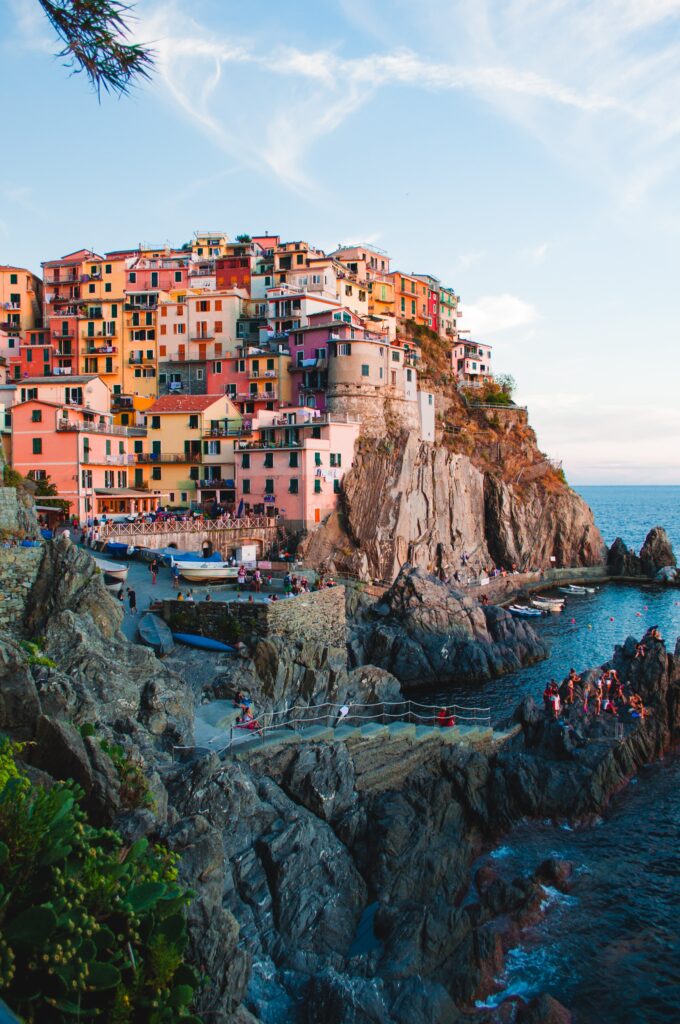
Venice in Literature and Film
Venetian Inspiration for Authors
Venice has served as a muse for countless writers throughout history, inspiring poetry, novels, and plays. Its unique setting, with its canals, palaces, and bridges, has captured the imagination of authors like Thomas Mann, Henry James, and Gabriel Garcia Marquez. The city’s mysterious and enchanting ambiance, alongside its rich history and art, continues to inspire contemporary writers who seek to capture the essence of Venice in their prose.
Famous Books Set in Venice
Many literary classics have been set in the magical backdrop of Venice. Shakespeare’s “The Merchant of Venice” delves into the city’s multicultural identity, while Thomas Mann’s “Death in Venice” explores the themes of beauty and obsession. Donna Leon’s captivating crime series, featuring Commissario Guido Brunetti, brings Venice’s hidden corners to life, revealing its complex social fabric. These books not only transport you to the world of Venice but also provide a deeper understanding of its history and culture.
Venice in Popular Films
Venice’s timeless beauty has made it a favorite location for filmmakers, who seek to capture its allure on the silver screen. From the iconic gondola ride in “From Russia with Love” to the grandeur of St. Mark’s Square in “Indiana Jones and the Last Crusade,” Venice has provided the backdrop for countless memorable cinematic moments. It is no wonder that directors such as Luchino Visconti, Michelangelo Antonioni, and Woody Allen have chosen Venice as the setting for their evocative and visually stunning films.
Photography and Venice
Venice’s picturesque landscapes and architectural marvels have also inspired photographers from around the world. Capturing the unique light that bathes the city in a romantic glow, these photographers seek to convey the magic and timeless beauty of Venice. From the reflective waters of the canals to the intricate details of the city’s facades, each frame tells a story and encapsulates the essence of this remarkable place.
Venetian Economy
Historical Maritime Power
Venice’s rise to power was largely due to its strategic location and maritime prowess. The city controlled trade routes that connected Europe to the Middle East, enabling it to accumulate substantial wealth. Venice dominated the Mediterranean Sea, becoming a hub of commerce and diplomacy. Its fleet of ships, known as galleys, transported goods such as spices, silk, and precious metals, further fueling the city’s prosperity.
Tourism and Services Sector
In the modern era, Venice’s economy relies heavily on tourism and the services sector. The city attracts millions of visitors each year who come to witness its architectural wonders, explore its cultural heritage, and experience its unique atmosphere. Hotels, restaurants, and retail establishments cater to the needs of these visitors, creating numerous jobs and economic opportunities for the local population.
Traditional Industries
While tourism plays a significant role in Venice’s economy, the city has managed to preserve several traditional industries that have symbolized its character for centuries. One such industry is Murano glassblowing, which continues to thrive despite changing times. The craftsmanship associated with glassblowing is an integral part of Venetian identity, and artisans work tirelessly to produce exquisite pieces sought after by collectors worldwide. Another traditional industry is gondola-building, which requires skilled craftsmanship and precision. These industries not only contribute to the local economy but also help maintain the city’s cultural heritage.
Challenges and Future Prospects
Venice’s economy faces various challenges, chief among them being the city’s vulnerability to the effects of climate change. Rising sea levels and frequent flooding threaten the city’s infrastructure and cultural heritage. The ongoing mass tourism also puts a strain on the city’s resources, leading to overcrowding and a strain on its delicate ecosystem. However, concerted efforts are being made to address these challenges and maintain a sustainable future for Venice. Initiatives such as the MOSE Project, aimed at protecting the city from high tides, and the implementation of measures to manage sustainable tourism are steps in the right direction.
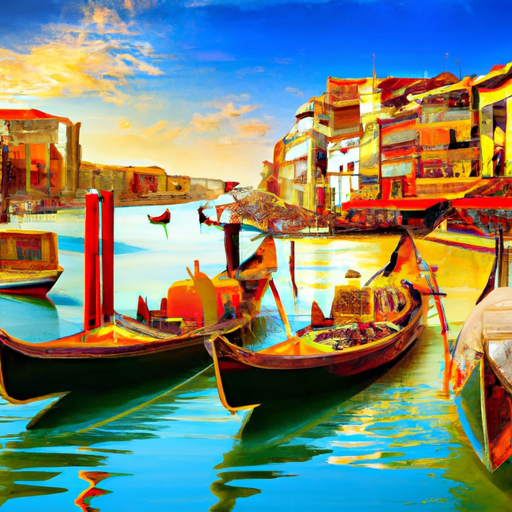
Famous Venetian Personalities
Marco Polo – Exploring the East
Marco Polo, the renowned Venetian explorer, is one of history’s most famous figures. Born in Venice in the 13th century, Polo embarked on a journey that would take him across Asia, where he discovered new cultures, civilizations, and trade routes. His book, “The Travels of Marco Polo,” became a bestseller and introduced Europeans to the wonders of the East. Polo’s spirit of adventure and curiosity made him an icon of Venetian exploration and discovery.
Titian – The Venetian Painter
Tiziano Vecellio, better known as Titian, was one of the greatest painters of the Venetian Renaissance. His mastery of color and technique set him apart, and his works left an indelible mark on the art world. From his famous portraits, such as “The Assumption of the Virgin” and “Bacchus and Ariadne,” to his religious and mythological paintings, Titian’s art immortalizes the beauty and depth of Venetian culture.
Casanova – Legendary Lover
Giacomo Casanova, born in Venice in the 18th century, is one of history’s most notorious characters. He was known for his amorous adventures, which he chronicled in his memoir, “The Story of My Life.” Casanova’s charismatic personality and audacious escapades made him a legendary figure, capturing the imagination of generations. His life in Venice and the passion he exuded have become an inseparable part of the city’s lore.
Vivaldi – The Red Priest
Antonio Vivaldi, a renowned composer and virtuoso violinist, was born in Venice in the 17th century. Known as “The Red Priest” due to his flaming red hair, Vivaldi left an extraordinary musical legacy that continues to delight audiences to this day. His compositions, such as “The Four Seasons,” showcase his ability to capture nature’s elements in music and have become some of the most popular and recognizable classical pieces in the world.
World Heritage Status
Recognition for Venice’s Cultural and Historical Significance
In 1987, Venice was inscribed as a UNESCO World Heritage site in recognition of its outstanding universal value. The city’s unique urban structure, architectural masterpieces, and cultural tradition make it a treasure deserving of preservation for future generations. UNESCO’s designation serves as a testament to Venice’s enduring legacy, ensuring that its beauty and heritage will continue to inspire and captivate visitors from around the world.
Protection and Preservation Efforts
Being a World Heritage site comes with a responsibility to protect and preserve the city’s cultural and historical assets. Venice faces numerous challenges in this regard, ranging from the preservation of its architectural treasures to the safeguarding of its fragile lagoon ecosystem. Various organizations and institutions are working tirelessly to implement sustainable practices and find innovative solutions to the problems facing the city. Their efforts include monitoring the impact of tourism, restoring historic buildings, and implementing measures to combat climate change.
Challenges of Maintaining the City
Maintaining a city like Venice is a constant struggle due to its unique physical characteristics. The constant exposure to water and humidity poses a challenge to the preservation of buildings and artworks. Additionally, the impact of mass tourism, the fragility of the lagoon ecosystem, and the rising sea levels due to climate change all place immense pressure on the city’s infrastructure and cultural heritage. Tackling these challenges requires a comprehensive and sustainable approach that balances the needs of the local populace, tourists, and the environment.
Tourism Management
Venice’s allure as a tourist destination brings both benefits and challenges. While tourism contributes significantly to the city’s economy, the influx of visitors can strain its resources, lead to the loss of traditional businesses, and disturb the daily lives of the locals. Implementing sustainable tourism practices, regulating visitor numbers, and promoting off-season travel are some strategies being employed to strike a balance between preserving the city’s unique character and ensuring a positive experience for both residents and tourists.
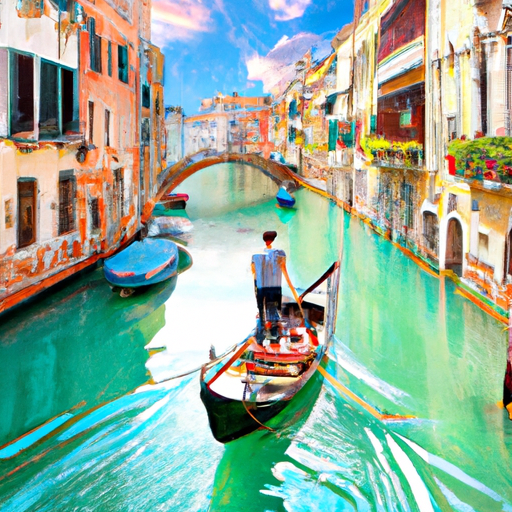
Transportation and Getting Around
Water Transportation in Venice
Venice’s unique geography necessitates the use of boats as the primary means of transportation. Water taxis, privately-owned boats, are prevalent and offer a convenient and flexible way to navigate the city’s waterways. They can be hailed from various points around the city and provide a faster alternative to public transportation options. Getting around by water taxi allows you to enjoy a personalized experience, as you can explore the city at your own pace while cruising through its enchanting canals.
Gondolas and Traghetti
Gondolas are an iconic symbol of Venice and a must-experience mode of transport. These elegant black boats, traditionally propelled by a gondolier using a single oar, offer a romantic and leisurely way to explore the city. Gondolas can be found at various points along the canals, and a ride on one allows you to appreciate Venice’s beauty from a different perspective. For a more affordable option, consider taking a traghetto, a larger gondola-like boat that shuttles passengers across the Grand Canal at certain points.
Vaporetto – Water Buses
Vaporettos, Venice’s water buses, provide a practical and affordable way to get around the city. Operated by ACTV, these public boats serve numerous stops along the canals, allowing you to reach various destinations quickly and efficiently. Vaporettos provide both transportation and sightseeing as you cruise the canals, passing by famous landmarks such as the Rialto Bridge and St. Mark’s Square. Purchasing a Venezia Unica card or a single-use ticket allows you to hop on and off these boats at your leisure.
How to Navigate the Canals
Navigating Venice’s intricate network of canals can be a bit confusing for first-time visitors, but with a bit of preparation, it becomes an enjoyable experience. Armed with a reliable map and an understanding of the city’s main landmarks, you can easily find your way around. Landmarks such as the Rialto Bridge, St. Mark’s Basilica, and the Piazza San Marco often serve as reference points when navigating the city. Exploring the city on foot is also a rewarding way to soak up its unique atmosphere and stumble upon hidden gems that you may miss while on a boat.
Conclusion
Venice, with its enchanting canals, glorious history, and captivating beauty, remains a city like no other. From its early settlement as a haven for refugees to its rise as a maritime power and cultural center, Venice’s legacy is embedded in every corner of its maze-like streets. Despite facing challenges such as climate change and overtourism, the city continues to reinvent itself, preserving its cultural heritage while embracing innovation. Venice’s enduring magic lies in its ability to transport you to a world untouched by time, where the past and the present seamlessly coexist, leaving an indelible impression on your heart and mind.

